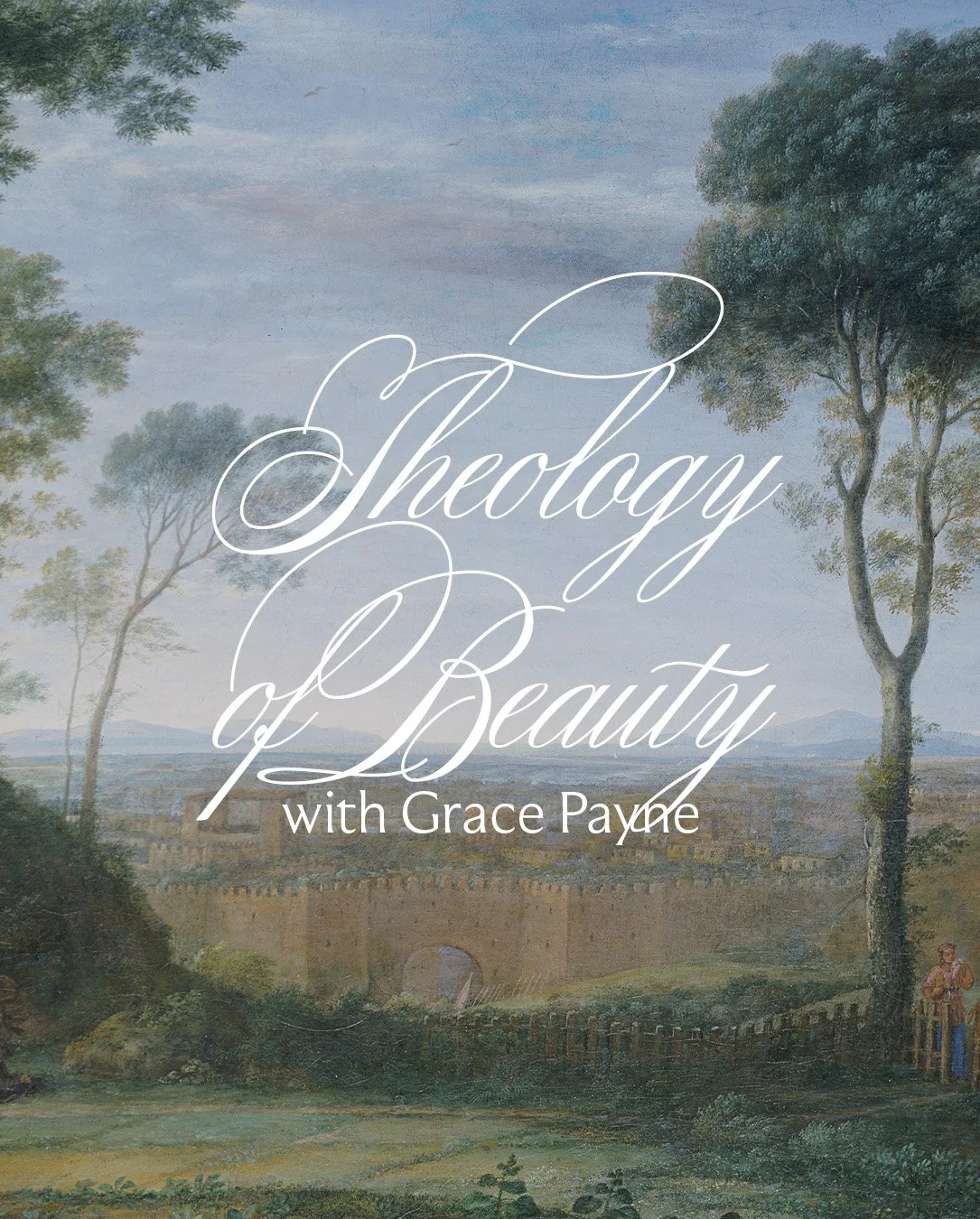Course: Theology of Beauty
Instructor: Grace Payne
2 Hours | 8 Chapters | Theology, Beauty, Worship
Overview
In The Theology of Beauty, we explore beauty not as decoration or luxury, but as a divine attribute that reflects God’s nature and reveals truth and goodness. This course offers a rich, interdisciplinary journey through Scripture, Church history, philosophy, theology, and the arts. From Plato’s ideals and Augustine’s longing, to Aquinas’ clarity and Balthasar’s brilliance, we trace how beauty has shaped Christian thought and continues to speak to our souls. Through ancient texts, sacred architecture, and Renaissance masterpieces, you'll see how beauty draws us beyond ourselves and back to the Creator. We’ll unpack two major frameworks—Natural Theology and Theological Aesthetics—while also exploring how beauty functions in worship, the creative process, and cultural resistance. Whether you're a creative, theologian, pastor, or seeker, this course will deepen your appreciation for beauty’s transformative power and help you see creative work as sacred, necessary, and deeply theological.
-
An invitation to rediscover beauty as a divine attribute, not a luxury. We’ll explore foundational truths about God as Creator and Beauty itself.
-
Unpacks how creation testifies to God’s glory through beauty. From Plato to Paley, we explore how the natural world stirs our longing for the divine.
-
Explores how art, beauty, and the senses are vehicles for encountering God. Through theologians like Balthasar and Edwards, we examine beauty as a spiritual experience.
-
We study Psalm 19 and other OT texts to see how general and special revelation intertwine through beauty and creation
-
We explore how Paul engaged Greek culture through natural theology and how beauty serves as a bridge between revelation and reason.
-
From the Tabernacle to the Renaissance, this chapter surveys how sacred art has shaped worship, theology, and cultural imagination.
-
Beauty resists utilitarianism and reminds us of hope. We explore how Christian art has endured and defied persecution through history.
-
We conclude by exploring how beauty finds its ultimate fulfillment in the love of God—and how believers are called to reflect this beauty in their lives.

